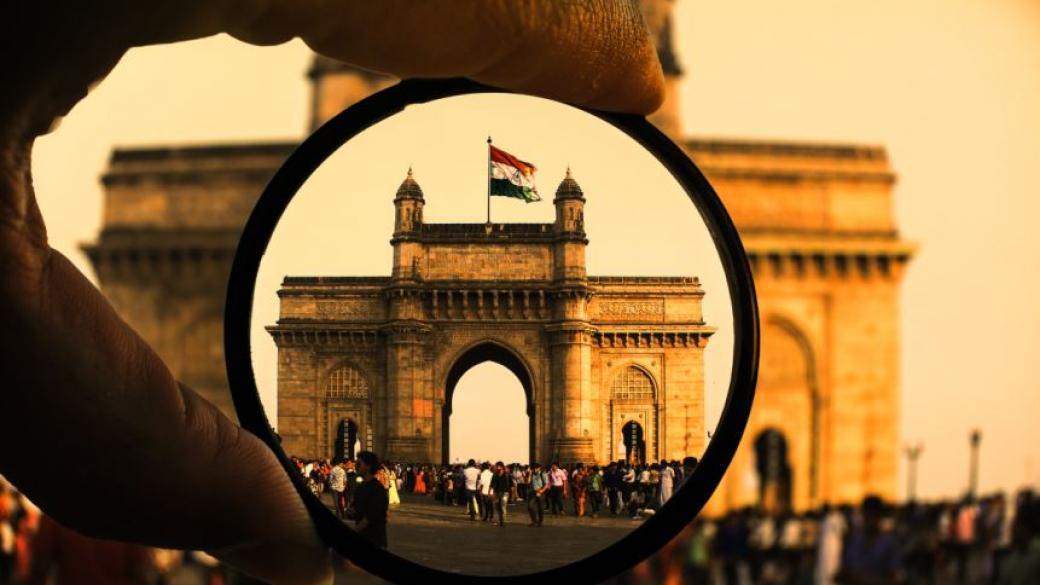Will India Become the New China
The two Asian giants may exchange their position as the driving force of the global economy

© ECONOMIC.BG / Pixabay
The economic forecasts at the beginning of this year can certainly be called, if not negative, at least raising concerns. The US trade wars with China and other countries create uncertainty, reinforced by the many ambiguities with regard to the British exit of the European Union. Italy’s economy is in a bad shape and even the engine of the Eurozone, Germany, is not in its best condition, with the expectations being for the country to enter a recession in the near future.
News from the other side of the planet is also not positive – the growth in the second world economy – China, which has been successful for many years as a global economic drive, is about to go down to 6.2-6.3% in 2019. Other significant and growing national markets from the near future, such as Turkey and Brazil are also in a poor shape and go through difficulties.
Against this background, it seems that there is a country that stands out, which, according to the forecasts for 2019, will not only remain unaffected by the negative trends but will also accelerate its growth, reaching the impressive 7.3%. This is India – the second by population and the seventh by Gross Domestic Product (GDP) country on the planet. What is more, the country’s economic growth forecast is sustainable and the expectations are that its high rates will be preserved in 2020, if there is no tangible political turmoil or military conflicts.
Partly, the good results this year will also be supported by the promised state investments that the government has already begun to carry out before the election. It has already announced the introduction of unconditional basic income for some citizens, which will help
reducing poverty
and will stimulate consumption. These factors may distort the overall picture, but still, the country’s economy seems to be in enviable health amidst the overall state of the global markets. And more and more analysts ask the question: Is India becoming the new China, and can the country play the role of a global economic drive at a time when the clouds over the All under Heaven Empire are getting thicker?
Undoubtedly, everyone’s eyes are now focused on New Delhi, and companies across multiple industries – from technology giants, such as Google and Facebook, to companies in the fast-moving goods, entertainment, and finance sectors – are trying to position themselves on a promising and fast-growing local market.
In addition, India has a key difference compared to China – it is a democracy, with all the positives that come from that. What is more, to a great extent, there, there are no or at least not so great problems, such as the theft of intellectual property and protectionism that many associate with the businesses in the All under Heaven Empire. Both countries have a similar population. With its 1,365 billion inhabitants, India takes the second place according to this indicator, but the expectations are that if the current growth rates in both countries remain the same, it will outnumber China by population in 2028.
Both countries are not in a good relationship with each other. They have armies that are similar in size, but while the army of India is superior with regard to the number of soldiers and reserve officers, the Chinese one is much more modern and has a significant advantage with regard to armoured vehicles, aviation and artillery. However, the mountainous terrain along their common border makes the use of this equipment very difficult, and a possible military conflict is not in the plans of either country. Luckily for the whole world, the race between them, at least in the foreseeable future, will remain on the battlefield of economy.
With the opportunity to maintain growth of 7-8% in the long run, India is in a
very good position
at a time when the Chinese economy is slowing down. However, this may not be enough to take the position of a world economic drive from Beijing. Although democracy is an important factor that facilitates free initiative, the centralized government of the Chinese Communist Party also has its own advantages. These include, for example, the ability to implement much more targeted policies and regulations in the name of the single objective of the party to revive the grandeur of medieval China, but this time on a global scale. This centralization, for example, has allowed the country to take 700 million of its citizens out of poverty for the last 40 years, while in India, the results in this direction are much more modest, and poverty is still a huge problem.
The government in New Delhi is limited not only by the opposition in the parliament and the civil society, but also by the regional fragmentation of the country. In addition, it lacks the determination, typical for the Chinese leader Xi Jinping with regard to the international expansion of the country. Nothing in India can be compared to the scale of initiatives, such as One Belt, One Road, China’s investments in Africa, or the acquisition of Western corporations. The question is not only whether it can but also does India want to be a world hegemon?
At least at this stage, the more likely answer is “no.” China, even having a declining growth, will probably always be able to maintain levels of 5-6 percent. The country is still known as the world’s factory, and in addition, it can now boast with a number of recognizable names in the technology sector, such as Lenovo, Huawei and Xiaomi, as well as extremely strong R&D sector in key scientific segments – from quantum networks to artificial intelligence. All this means that India, despite its current good shape, is unlikely to be able to replace the All under Heaven Empire in the foreseeable future. Surely, however, the country’s upward indicators are good news for the whole world. Because even if it does not establish itself as the main drive of the global economy, the presence of another good-working drive will be essential, especially in the times of turbulence that are to come.

 Alexander Alexandrov
Alexander Alexandrov 


